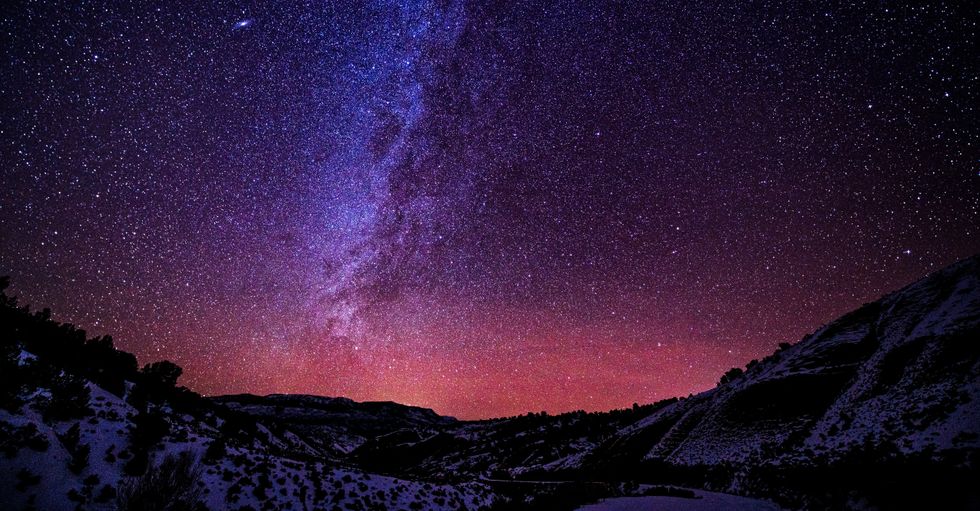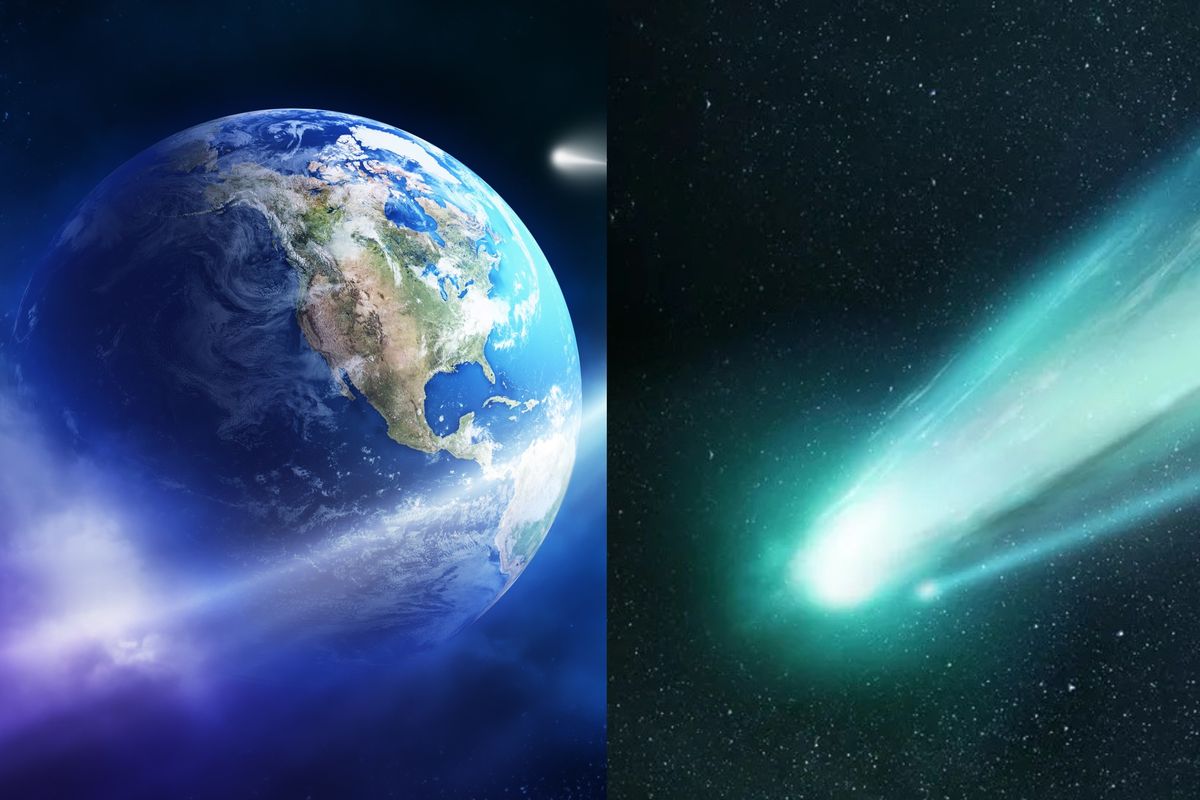Science & Tech
Jake Brigstock
Jul 08, 2025
Astronomers stunned by deep space comet from another solar system
Wion - World News / VideoElephant
Huge stars that collapse to create black holes may vomit out a lot more material during their lifespan than initially thought, according to a new study.
The stars in question have masses more than 100 times that of our sun and a team of scientists has estimated these stars must have stellar winds much more powerful than previous estimates, reports Space.com.
These winds should be powerful enough to blow outer layers of these huge stars out into space.
Stellar binaries are systems of two stars that are gravitationally bound to each other and orbit a common centre of mass; these can also lead to mergers that form colossal stars, according to the research team's model.
Speaking to Space.com, Kendall Shepherd, a researcher at the Institute for Advanced Study in Italy, said: "Very massive stars are like the 'rock stars' of the universe - they are powerful and they live fast and die young. For these very massive stars, their stellar wind is more like a hurricane than a light breeze."

Studies into these stars are crucial as they have such a massive impact on their environments despite their relatively short lives.
"The strong winds of very massive stars and their eventual supernova explosions eject newly formed elements into the environment," Shepherd added.
"Many of these elements form the basis of new stars, while others, like carbon and oxygen, are the building blocks of life. They are also the progenitors of black holes, including the black hole binaries that merge and produce gravitational waves that we detect on Earth."
Also, strong stellar winds and the quick mass loss they cause have a huge impact on the size of the black holes that are created when huge stars collapse under their own gravity.
Shepherd said their "study can shed a lot of light on predicting black hole masses". The research is available as a preprint on the research repository arXiv.
Elsewhere from indy100:
- Mars life proof may have just been discovered say scientists
- The Earth's crust is disappearing beneath our feet - and most people don't even realise it
How to join the indy100's free WhatsApp channel
Sign up to our free indy100 weekly newsletter
Have your say in our news democracy. Click the upvote icon at the top of the page to help raise this article through the indy100 rankings.
Top 100
The Conversation (0)














